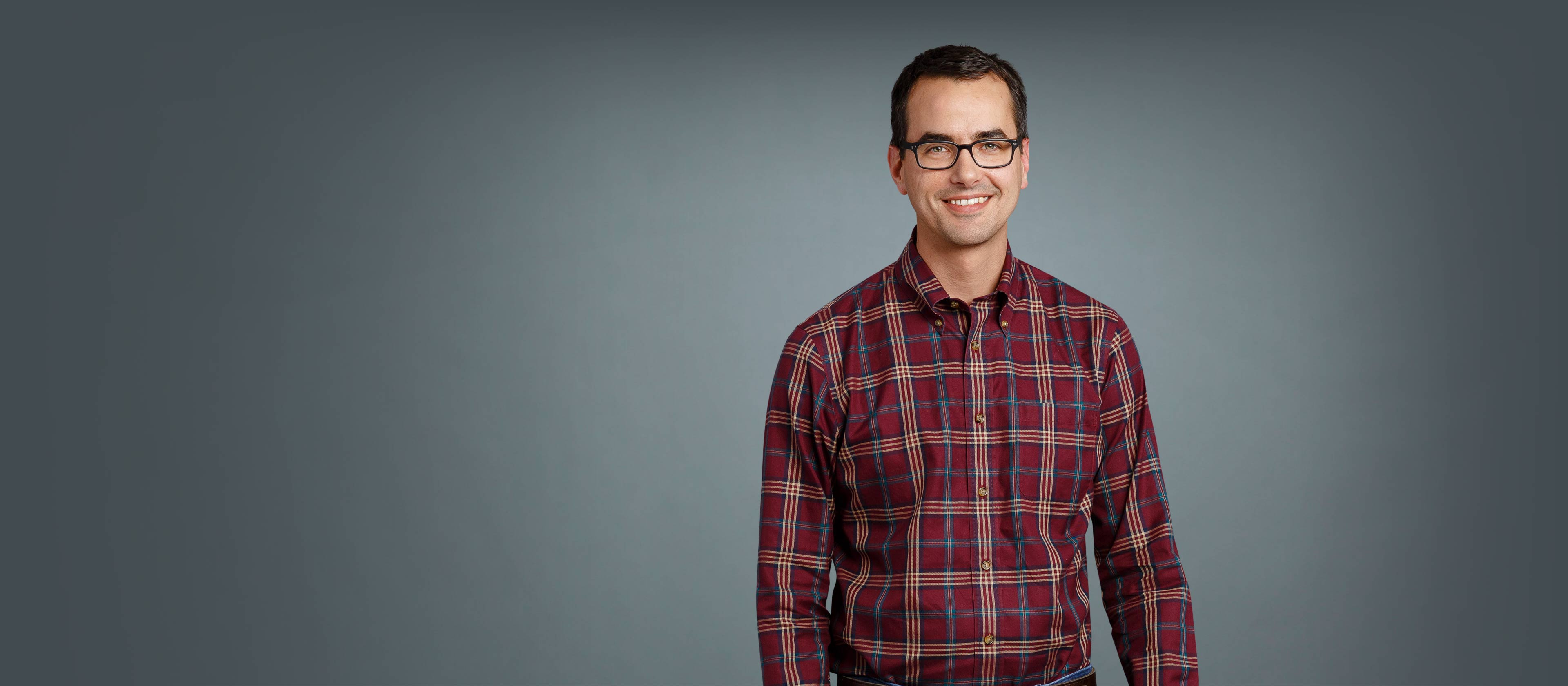Main content

Adjunct Associate Professor, Department of Cell Biology
My lab uses structure-driven approaches to understand how pathogens establish infection and persist in the host, with the goal of applying these insights to developing new treatments for infectious disease.
Powerful new methods in structural biology—including X-ray crystallography and cryoelectron microscopy—have improved our ability to determine the structure of membrane proteins and large macromolecular assemblies. This in turn has led to new mechanistic understanding and new hypotheses we can test in cell-based models of infection.
Our work on mechanisms of virulence in Mycobacterium tuberculosis has led us to explore the inner workings of a novel lipid transport system called mammalian cell entry (MCE), which is essential for disease progression in mouse models of M. tuberculosis infection. Remarkably, this system is conserved among all double-membrane bacteria, as well as some double-membrane eukaryotic organelles, underscoring its fundamental role in outer membrane function.
Our recent structural work on MCE transporters from Escherichia coli has yielded new insights into how these large multiprotein complexes transport lipids between membranes. Still, we understand very little about the molecular function of MCE transporters, their involvement in outer membrane biology, and their impact on replication and disease in pathogenic bacteria. We are exploring these areas using molecular and genetic approaches.
Pathogens have evolved a wide range of mechanisms to gain entry into host cells and tissues, and this constitutes a second major area of our research. A group of pathogenic eukaryotes called microsporidia are known to infect nearly all metazoans, including humans. In healthy adults, infections are generally not life threatening but can be severe and sometimes lethal in children and immunocompromised adults.
Microsporidia possess a remarkable, harpoon-like invasion apparatus called a polar tube. This apparatus is coiled like a spring inside the cytoplasm of infectious spores and can be ejected in a fraction of a second to puncture or distort the plasma membrane of a target cell. The ejected polar tube, which is 0.5 μm in diameter and up to 100 μm in length, mediates the transfer of the infectious sporoplasm from the spore into the host cell, where replication takes place.
Despite our understanding of this unique and remarkable mechanism, we know very little about the structure of the polar tube, how it is assembled, how the “harpoon” is launched, and how it mediates the transfer of the contents of the spore into the host cell. We are beginning our work to unravel these mysteries.
540 First Avenue, The Skirball Institute
Second Floor, Room 2-081 (Lab 17)
New York, NY 10016
Adjunct Associate Professor, Department of Cell Biology at NYU Grossman School of Medicine
PhD from Scripps Research Institute
PLoS pathogens. 2020 Sep 18; 16(9):e1008738
Cell. 2020 Apr 30; 181(3):653-664.e19
Cell. 2017 04 06; 169(2):273-285.e17
Proceedings of the National Academy of Sciences of the United States of America (PNAS). 2014 Oct 14; 111(41):14758-63
Science. 2009 Apr 10; 324(5924):246-51
Nature materials. 2025 Oct; 24(10):1644-1652